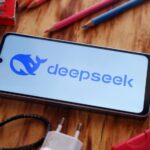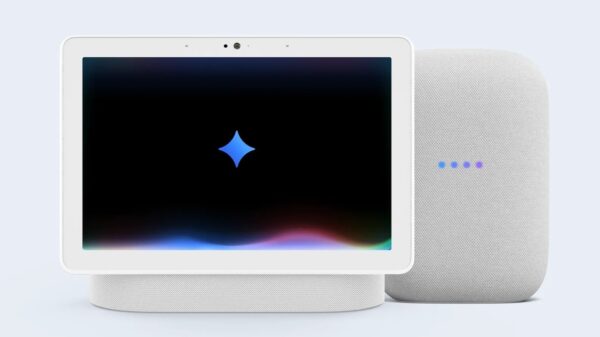As artificial intelligence rapidly finds its way into various applications, many companies are adopting a loud and flashy approach to engage users. Tech giants like Google, Microsoft, and Meta frequently bombard users with colorful buttons, pop-ups, and promotional emails urging them to explore the latest AI features. However, amidst this overwhelming trend, the strategy taken by the indie software developer Omni Group stands out for its thoughtful and minimalist approach.
Based in Seattle, Omni Group is renowned for its task management application, OmniFocus, which is praised for its unparalleled flexibility. Users can customize how they manage tasks without the interface feeling cluttered. The company’s AI strategy aligns with this ethos, aiming to keep AI features offline and private, giving users autonomy to configure them as they see fit. This means that the average user of OmniFocus won’t be inundated with in-app notifications promoting AI functionalities. Instead, AI serves as an optional tool for those interested in crafting their automations or utilizing existing ones built by other users.
Integrating AI into OmniFocus
To utilize the new AI capabilities, users need to operate on one of Apple’s latest “26” operating systems—namely macOS, iOS, or iPadOS. These systems have introduced a feature that allows third-party applications to tap into Foundation, a large language model that powers Apple Intelligence. Currently, only OmniFocus supports this AI integration, but representatives from Omni Group indicate that other applications like OmniPlanner and OmniGraffle will soon follow suit.
To get started, users should first ensure they have the latest version of OmniFocus. They can then visit the Omni-Automations directory, where they can explore various productivity tools. Users can view the source code for different automations and install them easily, although they may need to enable scripts from external applications first.
See also DeepSeek Unveils OCR Model Achieving 97% Accuracy with 10x Data Compression
DeepSeek Unveils OCR Model Achieving 97% Accuracy with 10x Data CompressionOne particularly interesting automation is called “Help Me Plan,” which can break down tasks in a user’s inbox into manageable subtasks. For instance, when tested on a task titled “Write about OmniFocus Automation features,” it generated several actionable steps, such as research, drafting, and finalizing. While the generated steps may not always align with an individual’s unique workflow, they serve as a valuable jumping-off point for users who may find themselves stuck.
This strategic yet understated approach to integrating AI makes OmniGroup’s offerings appealing to users who prefer a more tailored experience over the mainstream, aggressive marketing tactics employed by larger tech companies. By prioritizing user privacy and flexibility, OmniFocus empowers its user base to engage with AI on their own terms, potentially reshaping their productivity without overwhelming them with unsolicited prompts.
As the AI landscape continues to evolve, the contrast between the noisy, promotional tactics of major players and the more user-centered approaches of indie developers like Omni Group highlights the diversity of strategies available in the market. For users seeking a blend of powerful task management and innovative, flexible AI features, OmniFocus stands out as a notable option in the expanding field of AI-enhanced productivity tools.








































































